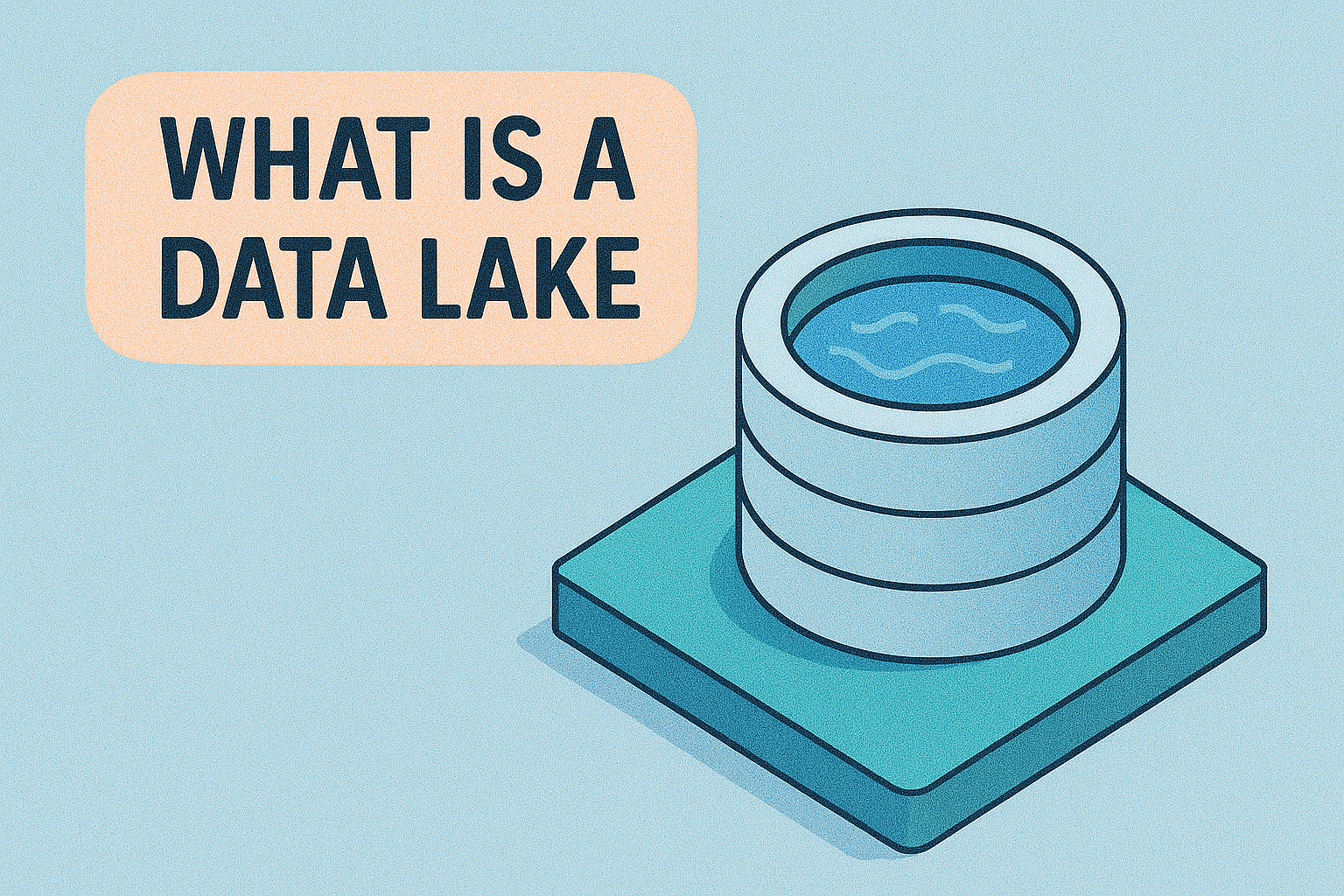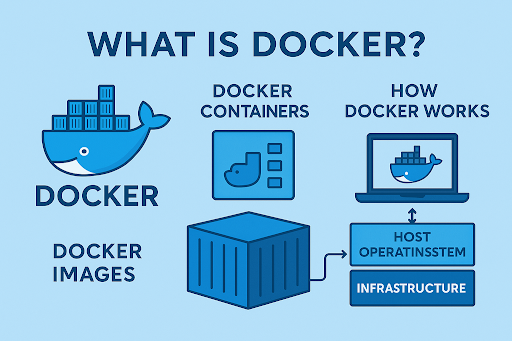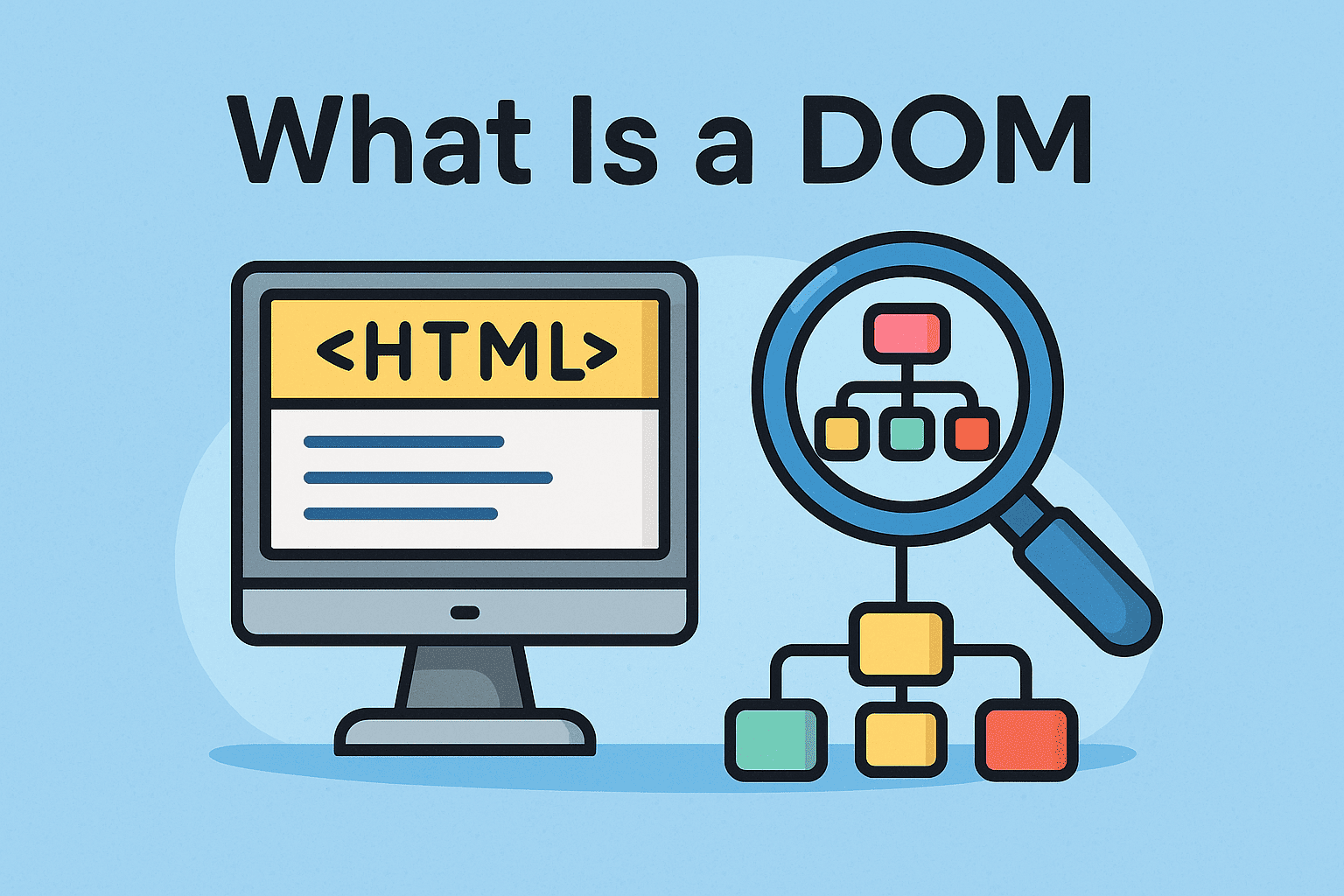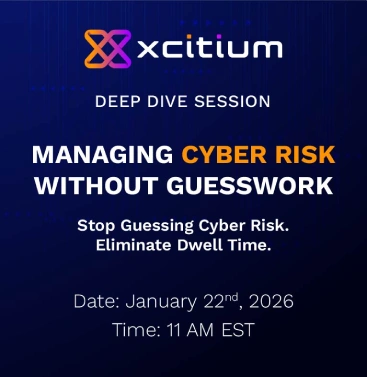What is a Data Lake? A Complete Guide for IT Leaders and Cybersecurity Professionals
Updated on August 12, 2025, by Xcitium

In the age of big data, organizations generate massive amounts of structured and unstructured information every day. But here’s the challenge—how do you store it efficiently, access it quickly, and make it useful for business decisions? That’s where a data lake comes in.
What is a Data Lake: A data lake is a centralized repository that allows you to store all your data—structured, semi-structured, and unstructured—at any scale, without the need to structure it upfront. For IT managers, cybersecurity teams, and business leaders, understanding how data lakes work can be a game-changer for analytics, compliance, and innovation.
What is a Data Lake?
A data lake is a storage system designed to hold vast amounts of raw data in its native format until it’s needed. Unlike a traditional database or data warehouse (which requires structured data), a data lake can store:
- Structured data (tables, relational databases)
- Semi-structured data (JSON, XML, log files)
- Unstructured data (videos, images, audio, PDFs)
It supports schema-on-read, meaning the structure is applied only when the data is read, offering flexibility for diverse analytics needs.
Key Components of a Data Lake
- Ingestion Layer – Where data from multiple sources is collected.
- Storage Layer – The central repository where raw data is kept.
- Cataloging & Metadata Layer – Helps organize and search data.
- Processing Layer – Prepares data for analysis.
- Consumption Layer – Where users and applications access processed data.
Data Lake vs Data Warehouse: What’s the Difference?
| Feature | Data Lake | Data Warehouse |
| Data Type | Structured, semi-structured, unstructured | Structured only |
| Schema | Schema-on-read | Schema-on-write |
| Cost | Lower storage cost | Higher storage cost |
| Use Case | Big data analytics, AI, ML | Business intelligence, reporting |
| Flexibility | High | Limited |
Benefits of a Data Lake for IT and Cybersecurity Teams
1. Centralized Data Storage
All organizational data—logs, metrics, documents—can be stored in one place.
2. Advanced Security and Compliance
Supports encryption, access controls, and audit trails for regulatory compliance like GDPR, HIPAA, and PCI DSS.
3. Scalability
Cloud-based data lakes (AWS S3, Azure Data Lake) can scale effortlessly to handle petabytes of data.
4. Cost Efficiency
Pay-as-you-go models reduce storage costs compared to traditional systems.
5. AI & Machine Learning Readiness
Raw data in various formats is readily available for AI-driven analysis and anomaly detection.
Common Use Cases for Data Lakes
- Cybersecurity Monitoring – Store and analyze logs from firewalls, SIEM systems, and intrusion detection tools.
- IoT Data Management – Handle large streams of sensor data.
- Business Intelligence – Enable deep analytics and predictive modeling.
- Incident Response – Quickly retrieve historical data for forensic analysis.
Best Practices for Implementing a Data Lake
- Define a Governance Policy – Avoid “data swamps” by setting rules for data quality and access control.
- Use Metadata Catalogs – Improve data discoverability with tools like AWS Glue or Apache Hive.
- Implement Tiered Storage – Store frequently used data in faster storage, archive rarely used data.
- Secure the Environment – Use role-based access control (RBAC) and encryption.
- Monitor and Audit Access – Maintain compliance and detect anomalies.
Frequently Asked Questions (FAQ)
- Is a data lake the same as a data warehouse?
No. A data lake stores all types of data in raw format, while a data warehouse stores only structured data optimized for queries. - What are examples of data lake platforms?
Popular options include AWS S3, Azure Data Lake Storage, Google Cloud Storage, and Snowflake. - Can a data lake improve cybersecurity?
Yes. It enables centralized storage and analysis of security logs, helping detect threats faster. - How do I prevent a data lake from becoming a data swamp?
Implement strong governance, metadata tagging, and regular data quality checks. - Is a data lake expensive?
Not necessarily. Cloud-based options offer flexible pricing that can be cost-effective compared to traditional systems.
Conclusion: Why Your Organization Should Consider a Data Lake
Understanding what a data lake is and how to implement it can revolutionize your organization’s data strategy. From enabling real-time analytics to strengthening cybersecurity defenses, a data lake can transform how your business stores, processes, and uses data.
Take the Next Step in Data Security & Analytics
Ready to integrate secure, scalable data solutions into your organization?
👉 Request a free demo from Xcitium and see how we can enhance your data management strategy.















